Tech Keeps Emerald City Shining, Says Skanska’s Murphy McCullough
The company's executive vice president shares what he's learned about the Seattle real estate market during his almost three decades of experience.
Boasting more than 24 years of commercial real estate experience, industry veteran Murphy McCullough has been with Skanska for nearly 10 years, and for the last four years he’s led the company’s commercial development operations team in Seattle. Following their latest skyscraper, 2+U—a 38-story, 665,000-square-foot office tower in downtown Seattle— McCullough and his team will oversee plans for two projects in the metro: The Eight, a 540,000-square foot office building, and The Kaye, a 320-unit community, both currently in the design and entitlement stages.
“We see Seattle coming out of this crisis stronger than ever and are focused on our longer-term strategy to develop office and multifamily buildings,” he told Commercial Property Executive. McCullough also shares his thoughts about Bellevue, Seattle’s overall market and the impact the pandemic has had on the metro’s commercial real estate industry. Additionally, he talks about how the coronavirus has impacted the company’s development projects.
READ ALSO: 5 Things to Do Now to Prepare for CRE Restructuring
You are a native of the Greater Seattle area and you’ve been in the real estate business for almost three decades. Tell us about Seattle’s CRE market before the pandemic.
McCullough: Over the past three decades, Seattle’s economy has grown dramatically into an impressively diverse and powerful regional economy. Some of the largest tech companies in the world were either founded here our have a major presence here, such as Amazon, Microsoft, Google, Facebook, and now Apple.
Other major industries have fueled the growth as well, from aerospace to educational, retail, biomedical and major foundations. We have added nearly 500,000 jobs since 2011. All of this has fueled a real estate boom. Seattle and Bellevue went from developing very few office and multifamily high-rise buildings early in my career to so many buildings you can’t count them. It’s been an incredible experience to be a part of.
 What impact has the coronavirus outbreak had on demand for office space in the Seattle area?
What impact has the coronavirus outbreak had on demand for office space in the Seattle area?
McCullough: Seattle and Bellevue remain one of the healthier office markets in the country. Most of the square footage under construction in this region is leased to high credit tenants and overall vacancy is relatively low. However, subleasing is increasing and there is some uncertainty in the marketplace.
Companies that still have the majority of their employees working remotely anticipate needing more space per person in order to keep their employees safe. But at this point, tenants are in a wait-and-see mode. I expect that, similar to the last cycle, Seattle will be one of the first to emerge out of this human health-induced recession.
How are Seattle developers navigating the COVID-19 crisis?
McCullough: Most developers continue to move their projects forward and stay positive. There have been office projects in Bellevue that have actually broken ground during this crisis, given the intensely tight market and strong demand from large tech users. Since most buildings have already been developed and leased to high credit tenants—like our newest project 2+U—I’ve seen many developers focused on retail operators who may need some support during this difficult time.
How has the health crisis affected the projects you are currently working on in Seattle and your business overall?
McCullough: Having the ability to self-finance our own projects gives us the freedom to test-and-learn with a number of different safety and wellness features that will be must-haves for tenants moving forward. Our two upcoming projects, The Eight, a 540,000-square foot office building, and The Kaye, a 320-unit community, are currently in the design and entitlement stage.
We’re working closely with our architects to bring post-COVID-19 floorplans and scenarios to the forefront. We’ve seen greater interest in touchless features, connection infrastructure, tenant-controlled HVAC systems, maximum air filtration and UV lighting. These features that we have offered for years, have become almost a requirement for going back to work in a safe environment.
 What is your strategy to overcome these challenging times?
What is your strategy to overcome these challenging times?
McCullough: Skanska funds its projects 100 percent from its balance sheet and uses no outside equity or debt. We are fortunate in Seattle and frankly all our U.S. and international markets, to be in a very good position for this crisis and for the future. This allows us to be more selective of the projects and land acquisitions that we purchase, as well as the amenities and features that we place in our buildings.
Fully leasing 2+U, our latest project in downtown Seattle, to multiple high credit office tenants was a major success for our team. With two more developments in the works, our strategy is to stay the course while figuring out ways to do the same thing in a different way. Take communication with current and potential customers, for instance. Prior to COVID-19, in-person site tours were a part of the daily regime, now we encourage more virtual meetings and walk-throughs to stay engaged with prospective tenants and partners.
READ ALSO: Scouting Post-Pandemic Potential
With the coronavirus still seen as a threat to the economy, how do you think the office industry will perform going forward if social distancing protocols and work-from-home policies continue to be the norm?
McCullough: Change is inevitable. This crisis accelerated trends that were already in place and growing—almost creating the future faster. Flexibility will be key, so office development will need to adapt faster than ever. We do not expect to see a major reduction in office space—it’s likely that more people will travel less, but will need more office space per person and will work from home a day or two a week—in the long run.
At Skanska, we have always focused on human health and sustainability and this crisis has helped push this even further to serve our customers. On the multifamily side, we are looking at ways to better accommodate a longer-term trend for working from home one or two days a week, by designing our units differently, creating flex office spaces and ensuring our multifamily and office buildings are equipped with state-of-the-art digital infrastructure.
What are Skanska’s most ambitious plans for the Seattle market?
McCullough: It’s hard to see through this crisis into the future, but like any crisis it will end, and the world will always be different. The initial slowdown in the market gave our team time to take a step back, listen and reconnect with customers to hear what they felt their office spaces would need in the future. Luckily, many of the health-first technology and sustainability amenities that Skanska offers have shifted from the wish list to the customer’s must-have list.
This includes cutting edge, independent HVAC systems, 100 percent outside air filtration, mobile access control, near touchless building access and digital infrastructure to power a touchless experience. We are excited to explore more mobility solutions and capacity management or people-counting technologies for our newer developments. We see Seattle coming out of this crisis stronger than ever and are focused on our longer-term strategy to develop office and multifamily buildings.

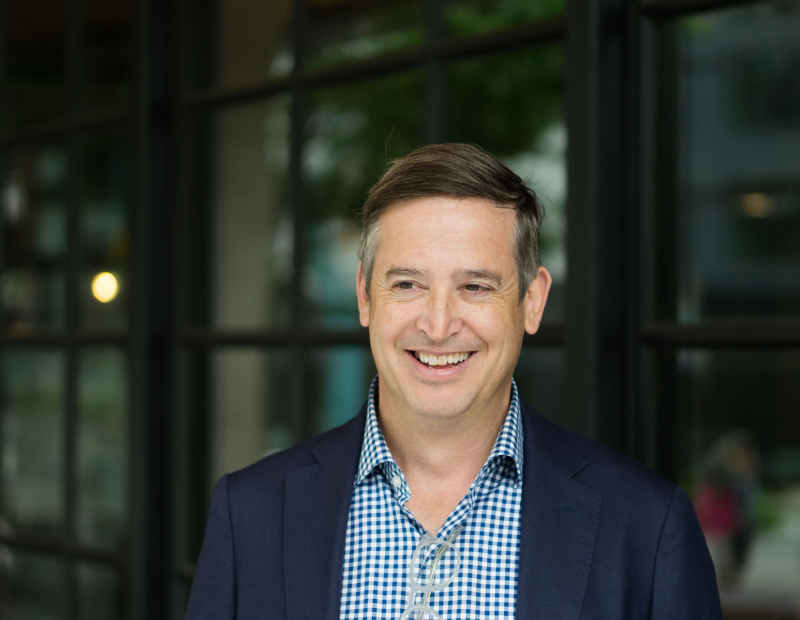
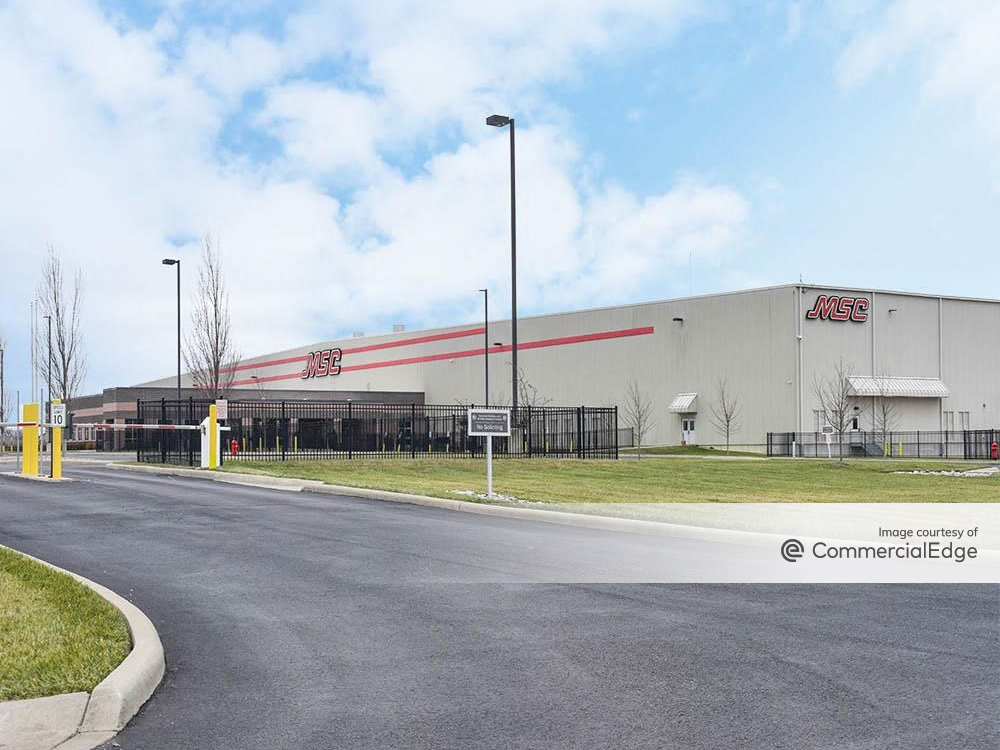
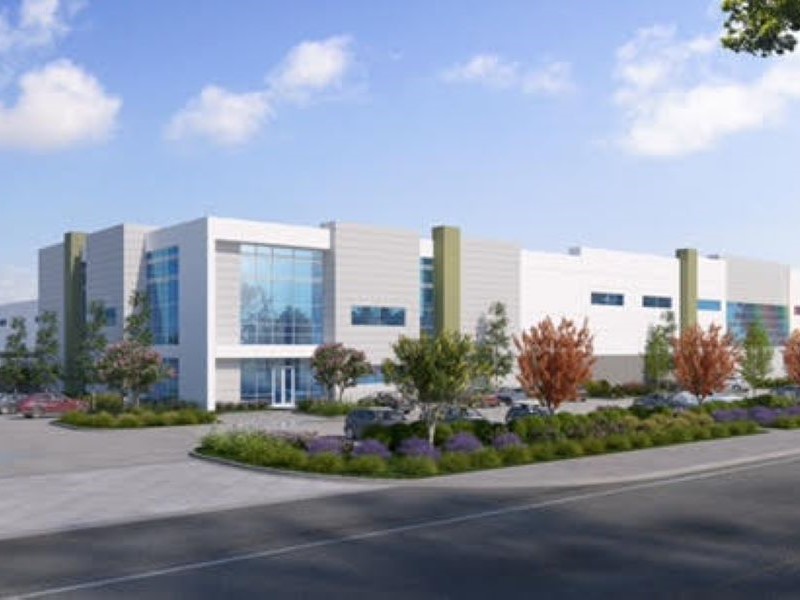
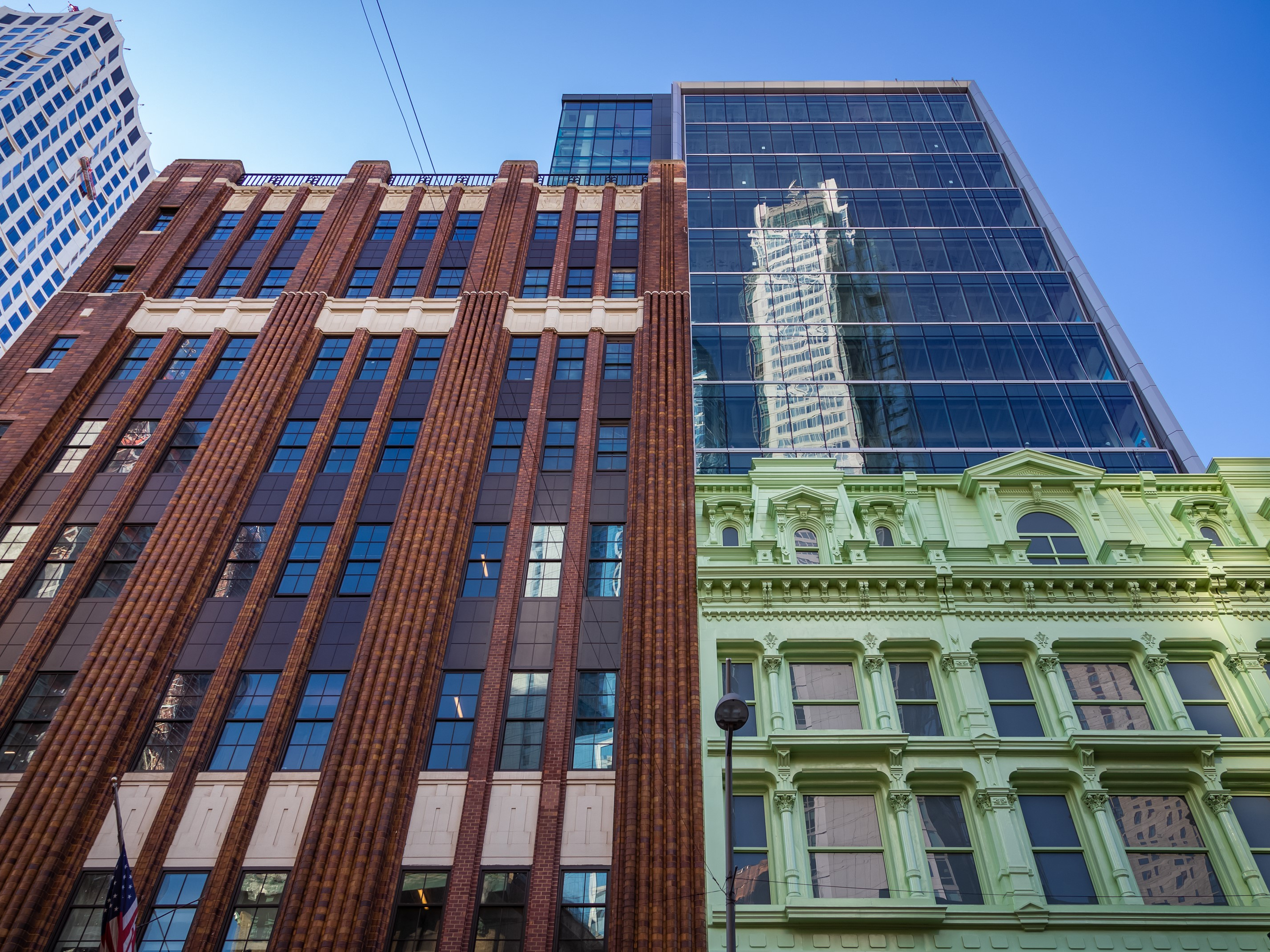
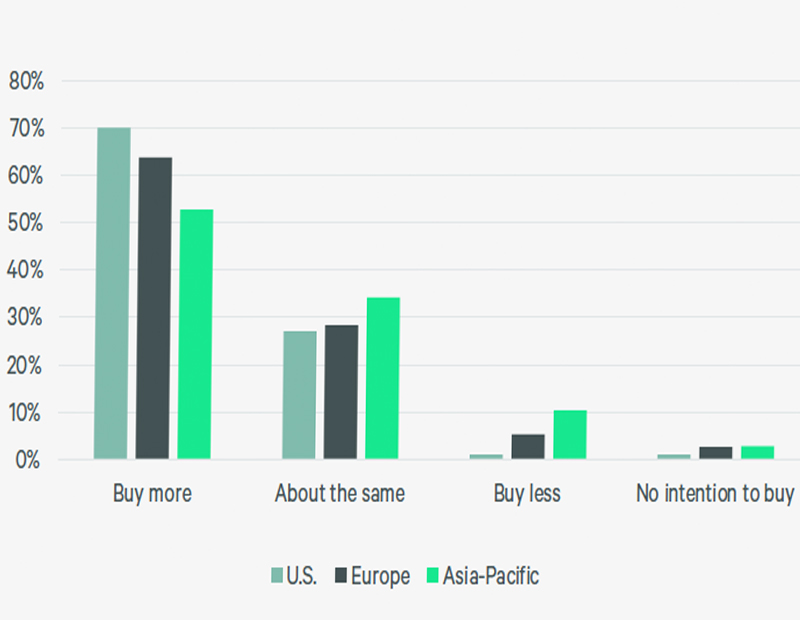
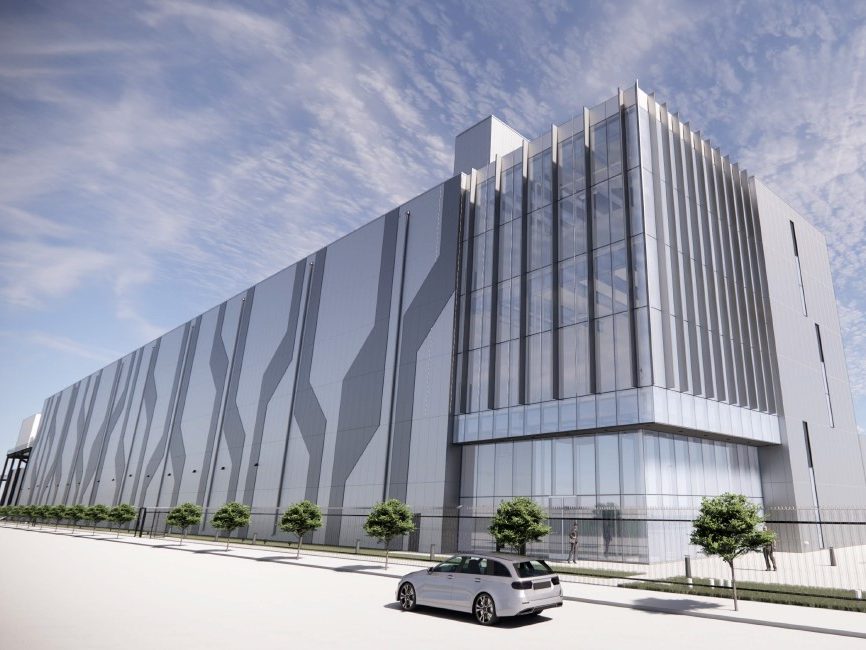
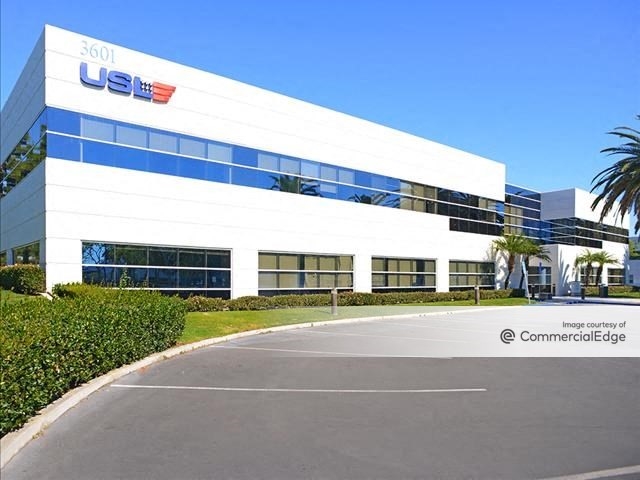
You must be logged in to post a comment.